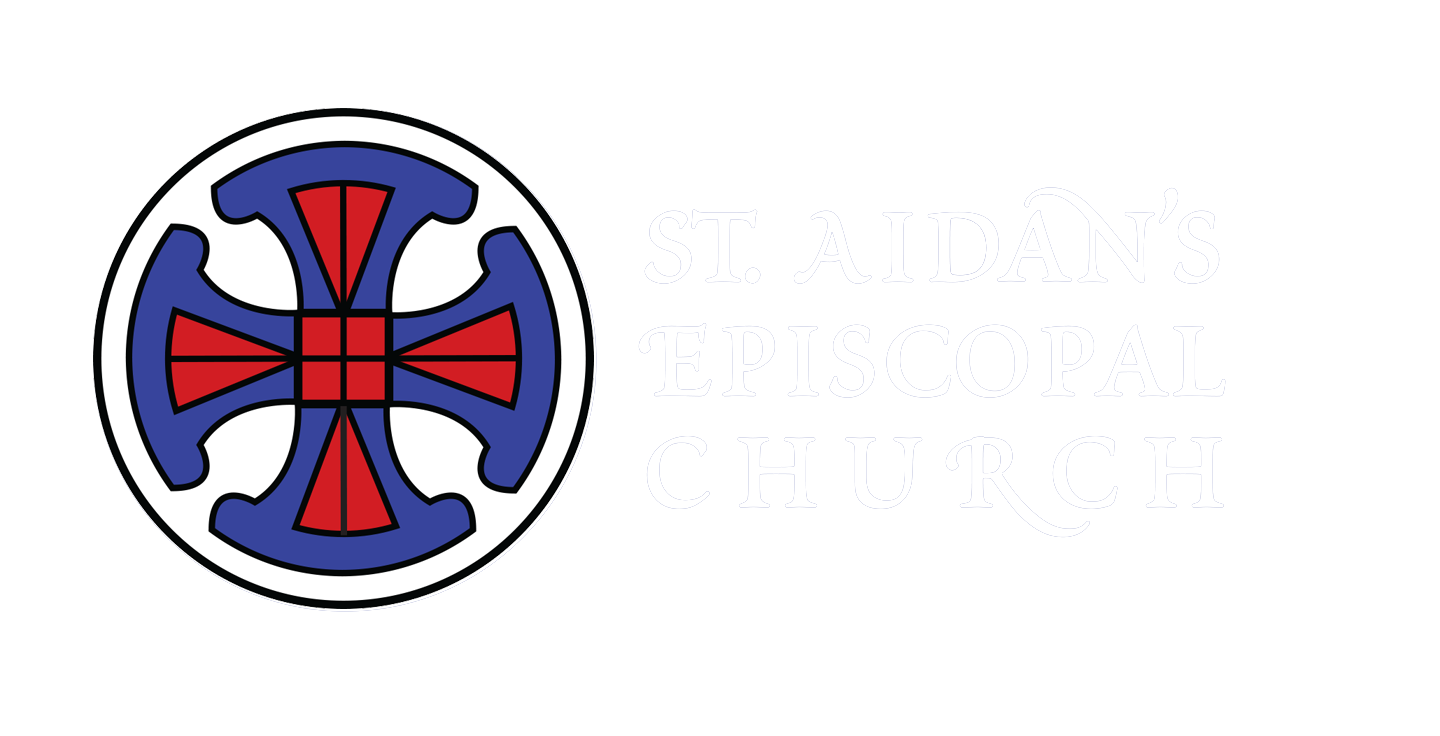Palm Sunday: Suffering and Victory
Let these palms be for us a sign of God’s victory. Jesus’ entry into Jerusalem is cast in contrast to that of a King. Yes, he enters being carried like a king, but it is not by a fine chariot, but a donkey. King Herod was probably entering the city from the opposite direction, make sure the high holidays did not include insurrection against the Romans. The crowd lays their cloaks before Jesus on the ground the way they would for a king, but he is not riding into town to affect a coup, as much as some of his followers might want that, much as the Pharisees may fear.
As always, Jesus reminds the crowds by his very being that his kingship looks different. His victory, and our victory looks different. The people present, chanting “Blessed is the king who comes in the name of the Lord” expected a revolution. Instead, they watch Jesus be tried and convicted by the system they wanted him to overturn, and then the most faithful watched him die a miserable death.
The people who were there in person knew that something was up, but thought it would mostly be about victory. They probably heard Jesus talk about suffering and death, but who believes that about a Messiah? The scene that day in Jerusalem represented the dual reality of the first followers of Jesus as well as our dual reality: we live in the Kingdom of Empire while we work to unveil the Kingdom of God.
Why couldn’t Jesus save himself? Why wouldn’t he reject all the taunting and ridicule and show the crowd what’s what? How did God’s son, the Messiah, suffer and die a death that we replicate in our words, in works of art through the centuries, and in crucifixes all over the world?
On Palm Sunday, I often find myself scouring the landscape for good news. When I read today’s gospel, I find only betrayal, denial, abandonment, condemnation, and more betrayal. In the headlines, year after year…more of the same.
Unlike the first crowd watching Christ’s passion, we know, of course, that Christ’ death on the cross is not the end of the story. And yet, part of what we are asked to do is to watch him, in today’s gospel, suffering.
We know from the Gospel story that suffering is the way to hope, and that we are to look for hope in suffering. We know that the cross, and the man suffering upon it, is to be for us a sign of hope. In the worst of times, the prophets call us to be hope-full in the literal sense of the word: filled with hope. Like every Christian since before Christians were even called Christians, we live in times when it’s hard to map that hopefulness that we find in the cross onto the rest of life.
When we promise, in our baptismal, to seek and serve Christ in all persons, we promise to see Christ in the suffering of all people. Suffering includes our own experiences of depression, anxiety, exclusion, confusion, disappointment—the whole ball of wax of being human.
Christ’s agony is in all of this. Only when we let ourselves experience betrayal and sadness, passion and outrage and agony, either on our own behalf or on behalf of others, only then will we be able to enter into the suffering and death of Jesus. It is in our suffering with him, and in our suffering with the world, outside our door and around the globe—it is in our compassion that hope is to be found.
Jesus did come to start a revolution: A revolution of love.
* * *
Why can Jesus not come down from the cross to save himself? Because then he would not be here, and here, and here. Christ’s presence in us is a sign of revolutionary love, the victory of God’s kingdom over empire, the victory of love over death. That doesn’t always look like what we think victory should look like. Through it all—the suffering of Jesus and the suffering in our own lives and in the world—know that Christ is present in us even as we let despair and hopelessness move through us like a fever leaving our bodies.
In his poem “East Coker,” from The Four Quartets, T.S. Eliot writes:
I said to my soul, be still, and let the dark come upon you
Which shall be the darkness of God.
Be still and let the darkness of God come upon you. This darkness is God is part of our Holy Week journey, part of the passion into which we are invited to enter. Our very participation is a reminder that God is present in darkness, and that darkness turns to light.
As we move through our Holy Week worship, the Great Three Days, our Triduum, you might pay attention to the movement in you of darkness and light, hope and despair. I pray that each of you finds some stillness in your souls.
In our procession this morning we waved palms, signs of victory that are at the same time signs of suffering. We have no delusion about the outcome of Jesus’ entry into Jerusalem. At the same time, we anticipate the victory of hope over suffering, life over death. Only in letting our whole lives be infused with suffering and hope coexisting as they do in God can we make sense of what this day means, and what lies ahead.
Let these branches be for us signs of God’s victory.
